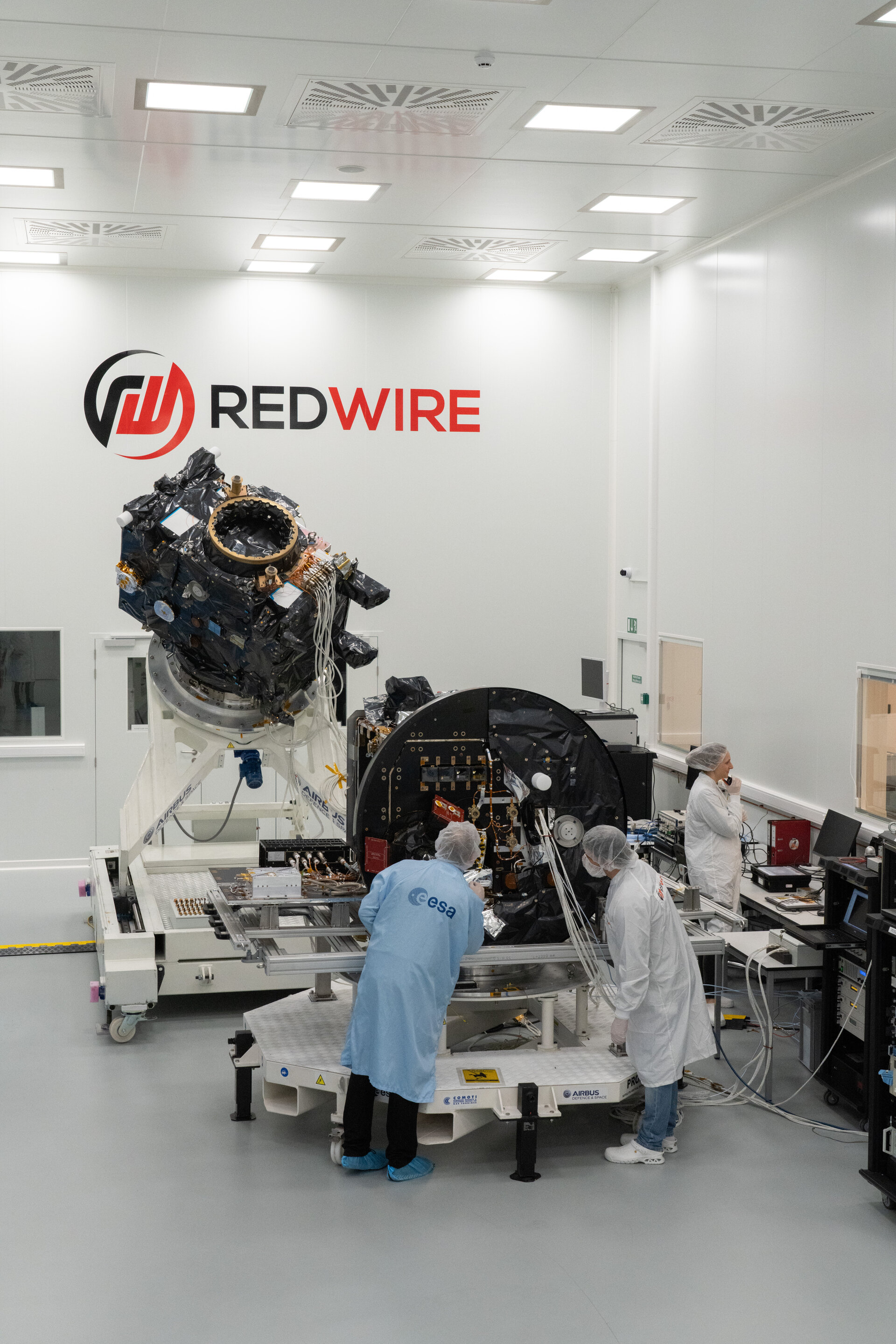Was The April 8 Eclipse Manmade?


ESA's solar eclipse maker, Proba-3
Hundreds of millions of people will witness next week’s total solar eclipse across North America, and solar physicists from around the globe are flocking to join them. Eclipses offer a brief glimpse of the Sun’s ghostly surrounding atmosphere – the solar corona – normally kept invisible by the...
www.esa.int